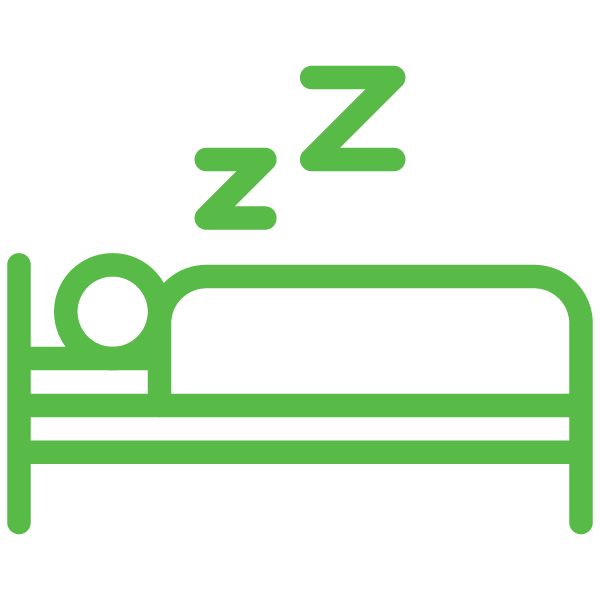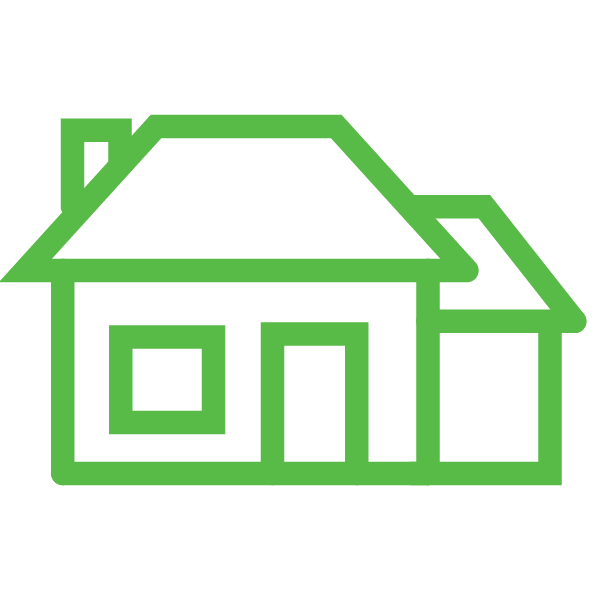While there are many benefits to quality preventative healthcare for the general population, such as averting disease before it occurs and intervening at the earliest stage, this care is arguably more consequential to the 4 in 10 adults who already have two or more chronic conditions. For this patient population, many of whom are older adults, tertiary preventative care can drastically improve their quality of life and determine whether they can comfortably and safely remain in their home or not.
Of course, traditional care delivery has its limits. Patients must physically travel to receive it, which can be difficult and time-consuming for seniors with chronic conditions. Traditional in-office care has other, non-physical limits too. One of the most important elements of preventative care is educating patients about their condition and treatment options, which should be tailored to their personal lifestyle, preferences, and challenges. When discussed in a traditional office setting, often these factors can be clouded by the patient’s potentially inaccurate representation of their life.
Through virtual care and technology like telehealth and remote patient monitoring, primary care physicians can work more closely with boots-on-the-ground homecare providers to efficiently and effectively address these social determinants of health. Below are three important but often overlooked indicators of a patient’s health that typically fall within care gaps. With a combination of home care and virtual care, providers can better address these challenges and incorporate adaptations into the patients’ care plans.
 The Food In Their Fridge - This is not necessarily a traditional screening question, and even when a physician does ask there is no guarantee the patient will relay that information accurately. This is crucial, however, because generally understanding what a patient is eating can be an important indicator of their overall health. A 2020 report found that 7.3% of the senior population was food insecure — a problem that was likely exacerbated by COVID-19. If a home care physician sees indicators of an unhealthy diet and alerts other members of the care team, they may consider deploying an RPM tool like VAL’s glucometer to monitor the patient’s blood sugar more regularly or engage family members in a telehealth visit to discuss ways to ensure access to healthy foods. This narrow lens into a patient’s life (and refrigerator) can provide insight on how to better manage a patient’s diabetes, cholesterol, or other chronic conditions.
The Food In Their Fridge - This is not necessarily a traditional screening question, and even when a physician does ask there is no guarantee the patient will relay that information accurately. This is crucial, however, because generally understanding what a patient is eating can be an important indicator of their overall health. A 2020 report found that 7.3% of the senior population was food insecure — a problem that was likely exacerbated by COVID-19. If a home care physician sees indicators of an unhealthy diet and alerts other members of the care team, they may consider deploying an RPM tool like VAL’s glucometer to monitor the patient’s blood sugar more regularly or engage family members in a telehealth visit to discuss ways to ensure access to healthy foods. This narrow lens into a patient’s life (and refrigerator) can provide insight on how to better manage a patient’s diabetes, cholesterol, or other chronic conditions.
 Where They Sleep - Non-traditional preventative home care can also offer a lens into where/how a patient generally sleeps. Sleep quality can be an important two-way factor in a patient’s health -- it can be both the cause of health challenges and an indicator of existing conditions worsening. According to the Sleep Foundation, poor sleep may be an indicator of depression, anxiety, heart disease, diabetes, arthritis, and more. Poor sleep quality also has negative effects on a patient’s health, resulting in memory issues, mood changes, weight gain, and increased risk of diabetes and heart disease. Highly sensitive bedpost smart pads, like those by UDP Labs, can collect data on a patient’s sleep as high-quality as an EKG. This can alert the care team to any anomalies like excessive or insufficient sleep and dispatch assistance accordingly.
Where They Sleep - Non-traditional preventative home care can also offer a lens into where/how a patient generally sleeps. Sleep quality can be an important two-way factor in a patient’s health -- it can be both the cause of health challenges and an indicator of existing conditions worsening. According to the Sleep Foundation, poor sleep may be an indicator of depression, anxiety, heart disease, diabetes, arthritis, and more. Poor sleep quality also has negative effects on a patient’s health, resulting in memory issues, mood changes, weight gain, and increased risk of diabetes and heart disease. Highly sensitive bedpost smart pads, like those by UDP Labs, can collect data on a patient’s sleep as high-quality as an EKG. This can alert the care team to any anomalies like excessive or insufficient sleep and dispatch assistance accordingly. Their General Surroundings - Whether there are clear concerns, like hoarding or keeping piles of untouched medication bottles on the counter, or more subtle indicators, like a steep staircase or an answering machine full of un-listened-to messages, observing a patient’s general surroundings may be one of the most important ways that home healthcare can support and inform their greater care plan. These observations can relay information about medication adherence, risks of falls in the home, or possible mental health or mobility challenges that prevent them from responding to phone calls. Subtle observations by a home care provider can bridge these gaps in care and connect patients with services like MyndYou’s AI-enabled voicebot, which detects cognitive and mental health decline.
Their General Surroundings - Whether there are clear concerns, like hoarding or keeping piles of untouched medication bottles on the counter, or more subtle indicators, like a steep staircase or an answering machine full of un-listened-to messages, observing a patient’s general surroundings may be one of the most important ways that home healthcare can support and inform their greater care plan. These observations can relay information about medication adherence, risks of falls in the home, or possible mental health or mobility challenges that prevent them from responding to phone calls. Subtle observations by a home care provider can bridge these gaps in care and connect patients with services like MyndYou’s AI-enabled voicebot, which detects cognitive and mental health decline.
The insight at-home preventive care provides, combined with new and exciting advances in virtual care, can go a long way towards addressing a patient’s social determinants of health and providing more effective preventative care. This hybrid model has the potential to vastly improve home care, allowing patients to age at home safely and comfortably.
David Hunt
Founder & Chief Marketing Officer
Cosán Group
Learn more about Cosán Group here.


